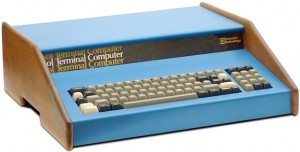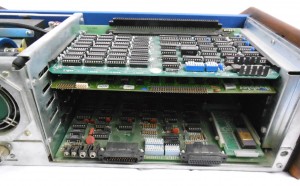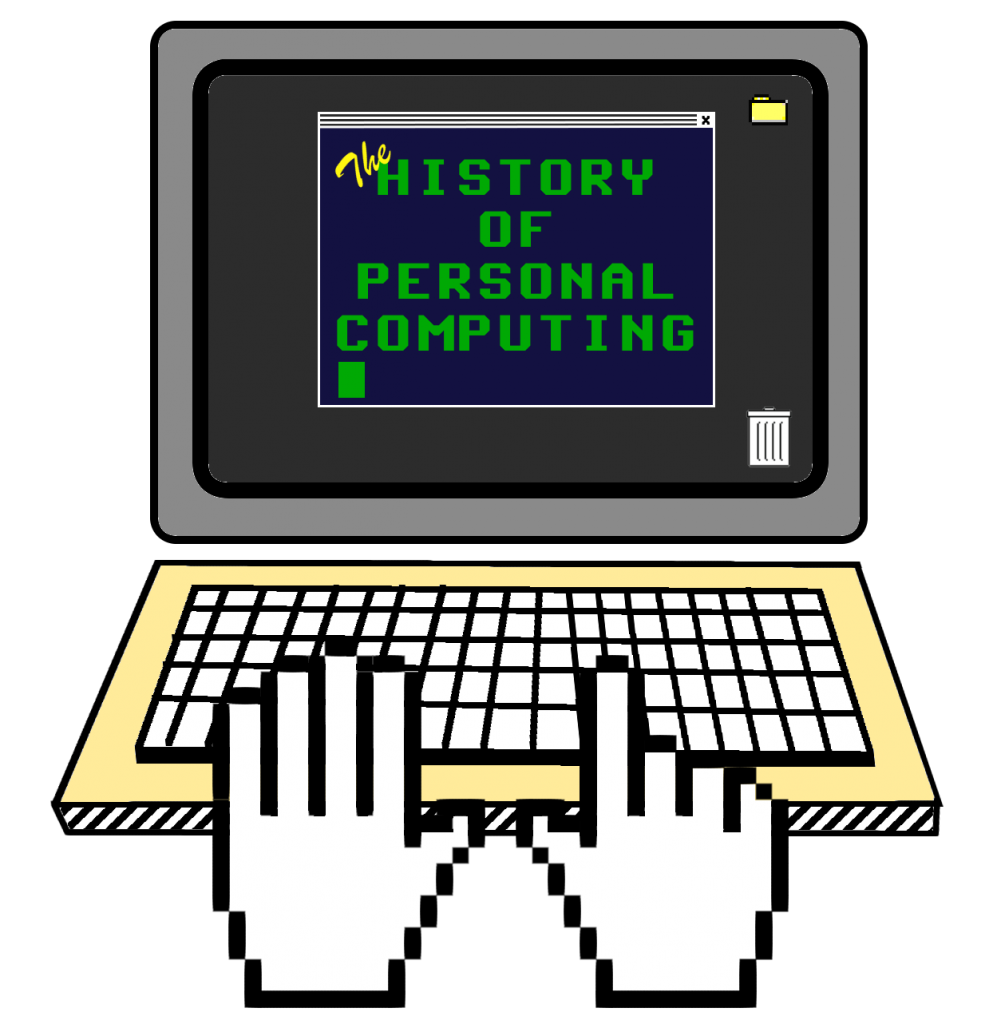Processor Technology Sol
The Altair, the IMSAI, and then later, many other microcomputers created a cottage industry. MITS and IMS Associates only offered a limited number of products and upgrades, if you could get them given the high demand for them at the time. Gary Ingram and Bob Marsh, two friends in Berkeley, California, saw this as a business opportunity. Marsh, an active member of the Homebrew Computer Club, would hear complaints about the Altair at every club meeting, so with Ingram, they decided to form a company called Processor Technology Inc. Their first product was a reliable, static 4 kB memory board for the Altair, as they knew that MITS was producing an unreliable dynamic version. Processor Technology’s 4KRA RAM board became an almost instant hit and launched the company into a thriving business. Ingram and Marsh were then able to move out of their garage workshop and into a large industrial facility.
The Sol-20 computer arose out of a lineage of products for Processor Technology. The company went on to produce a single-board computer called the Sol-PC. Then came the Sol-10 with the Sol-PC as the motherboard, but also including a case, keyboard and power supply. It just lacked the vertical expansion backplane, had a smaller power supply and a simpler keyboard. Very few Sol-10 computers were sold or are known to exist.
The name “Sol” is thought to mean either “The wisdom of Solomon” or simply that it was named in honor of the editor of Popular Electronics magazine, Les Solomon. The computer made its first appearance on the cover of that magazine in July 1976. Electronics Engineer and Home Brew Computer Club president Lee Felsenstein designed the Sol-20, and he went on to design theOsborne 1 portable computer five years later. The Sol-20 was originally designed as just a simple terminal to communicate with other devices, hence its full name.
The computer enjoyed a moderate success in sales, until sometime late in 1977, when competition arose with a fury, delivering the big three consumer machines; the Apple II, Commodore PET and the Radio Shack TRS-80. Along with poor business practices and a failed expensive new product, the Helios II Disk Memory System, Processor Technology went out of business in May 1979.



